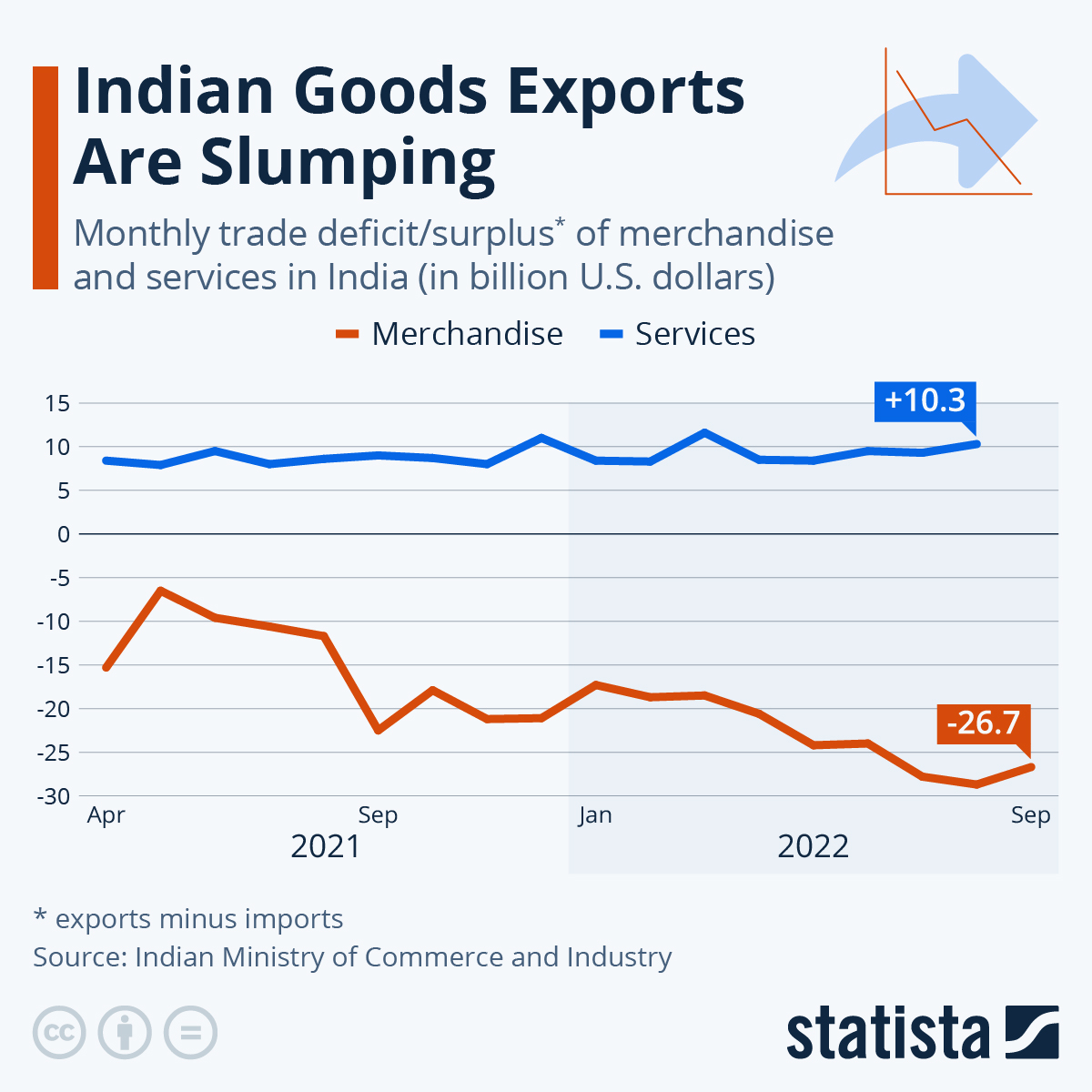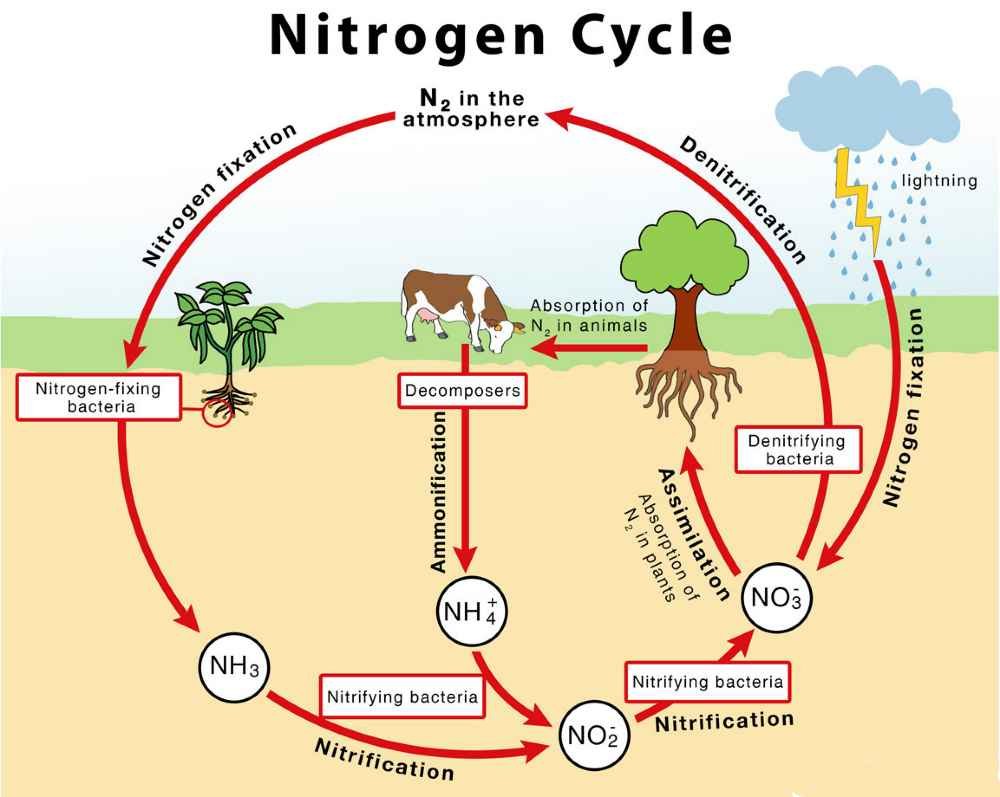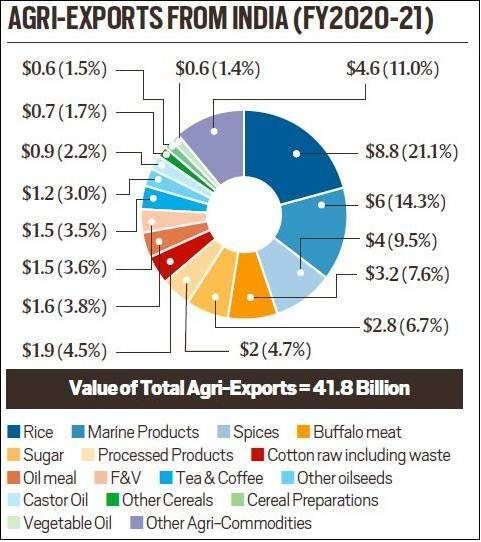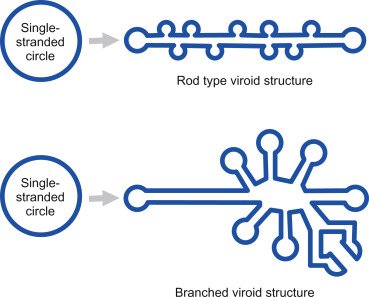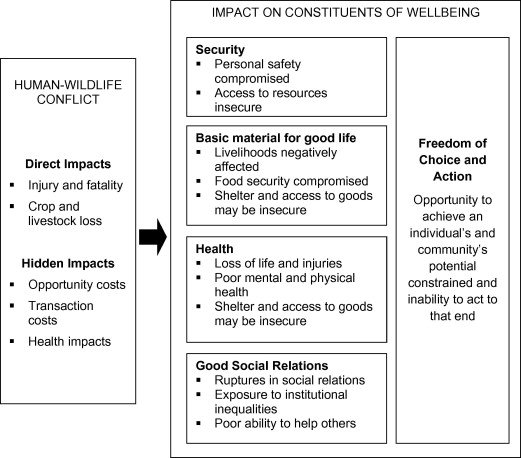
RBI allows FIIs to invest in Green Bonds
Subscribers of "Current Affairs" course can Download Daily Current Affairs in PDF/DOC
Subscribe to Never Miss an Important Update! Assured Discounts on New Products!
Must Join PMF IAS Telegram Channel & PMF IAS History Telegram Channel
- Context (TH): The Reserve Bank of India (RBI) allowed investments in the country’s Sovereign Green Bonds (SGrBs) by Foreign Institutional Investors (FIIs).
|
Sovereign Green Bonds (SGrBs)
- Government debt to specifically fund projects to accelerate the transition to a low-carbon economy.
- In the 2022-23 Union Budget, the Indian govt. announced the SGrBs to fund govt. green projects.
- The RBI issued SGrBs worth ₹16,000 crore in two tranches last year, with maturities in 2028 and 2033.
- These bonds qualify as green government securities (G-Secs) for the Statutory Liquidity Ratio (SLR) and Repurchase Transactions (Repo). They are also tradable in the secondary market.
- These were oversubscribed mainly by domestic financial institutions & banks.
- However, it raises the concern that it narrows the government’s borrowing avenues.
|
Benefits of SGrBs
- Widened pool: It will add up to the capital available to fund the country’s green ambitions.
- Diversification by FIIs: FIIs are interested in diversifying their pool of green investments with considerable regulatory support, particularly in developed countries.
- Green credentials: FIIs might also seek to gain green credentials when such investments are not available in their home markets.
- Addressing greenwashing: India has successfully addressed greenwashing fears with the Sovereign Green Bonds Framework in late 2022.
India’s Sovereign Green Bonds Framework 2022
Eligible Projects
Excluded Sectors
|





![PMF IAS Environment for UPSC 2022-23 [paperback] PMF IAS [Nov 30, 2021]…](https://pmfias.b-cdn.net/wp-content/uploads/2024/04/pmfiasenvironmentforupsc2022-23paperbackpmfiasnov302021.jpg)
